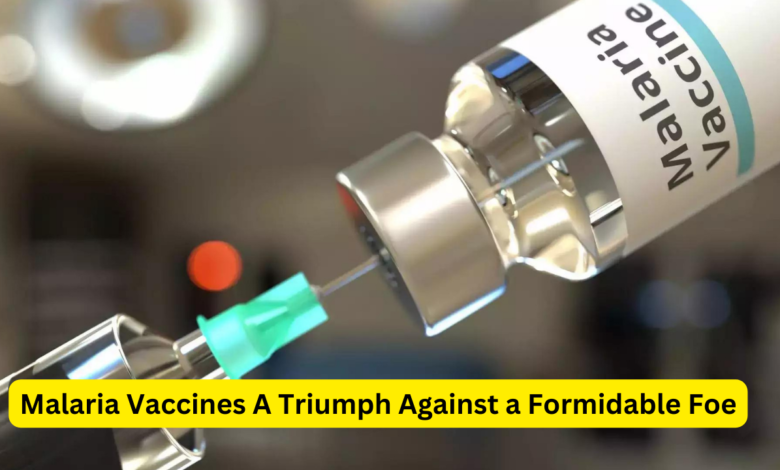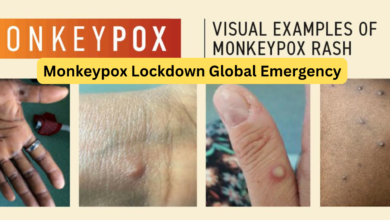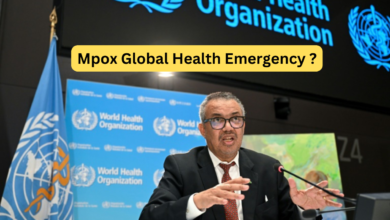Malaria Vaccines A Triumph Against a Formidable Foe

Malaria Vaccines A Triumph Against a Formidable Foe, Malaria, an ancient and relentless adversary, has plagued humanity for millennia. Caused by parasites transmitted through the bites of infected mosquitoes, malaria has wrought untold suffering and death. However, the advent of malaria vaccines marks a monumental stride in the fight against this insidious disease. In this comprehensive exploration, we delve into the history, development, and future of malaria vaccines.
The Origins of Malaria and Its Impact
Malaria is one of the oldest known diseases, with records of its symptoms dating back to ancient civilizations. The disease is primarily caused by the Plasmodium parasite, which is transmitted through the bites of Anopheles mosquitoes. Once inside the human body, the parasite travels to the liver, where it matures and multiplies before invading red blood cells.
The Global Burden of Malaria
Malaria’s impact on global health cannot be overstated. Each year, hundreds of millions of people are infected, and hundreds of thousands, predominantly children in sub-Saharan Africa, succumb to the disease. The economic toll is staggering, with billions of dollars lost in healthcare costs and decreased productivity.
Symptoms and Diagnosis
Malaria symptoms typically include fever, chills, headache, nausea, and muscle pain. In severe cases, it can lead to anemia, respiratory distress, and cerebral malaria, which can be fatal. Diagnosing malaria involves blood tests to detect the presence of the parasite.
The Long Road to a Malaria Vaccine
Early Efforts and Challenges
The quest for a malaria vaccine began in earnest in the mid-20th century. However, the complex life cycle of the Plasmodium parasite, coupled with its ability to evade the immune system, posed significant challenges. Early vaccine candidates showed promise but often failed to provide long-lasting immunity.
Breakthroughs in Vaccine Development
The breakthrough came with the development of the RTS,S/AS01 vaccine, also known as Mosquirix. Developed by GlaxoSmithKline in collaboration with the PATH Malaria Vaccine Initiative, Mosquirix targets the Plasmodium falciparum parasite, the deadliest of the malaria species. Clinical trials showed that the vaccine could significantly reduce the incidence of malaria in young children.
Approval and Implementation
In 2021, the World Health Organization (WHO) recommended the widespread use of Mosquirix in regions with high transmission of Plasmodium falciparum malaria. This landmark decision marked a turning point in the fight against malaria, offering hope to millions at risk.
How Malaria Vaccines Work
Mechanism of Action
Malaria vaccines work by stimulating the immune system to recognize and attack the Plasmodium parasite before it can cause illness. Mosquirix, for instance, contains a protein from the surface of the Plasmodium falciparum parasite, combined with an adjuvant to enhance the immune response.
Efficacy and Safety
Clinical trials have shown that Mosquirix can prevent about 30% of severe malaria cases in children. While this may seem modest compared to other vaccines, it represents a significant reduction in the disease burden. Safety data from the trials indicate that the vaccine is generally well-tolerated, with side effects similar to those of other childhood vaccines.
Challenges and Future Directions
Enhancing Vaccine Efficacy
One of the primary challenges in malaria vaccine development is enhancing efficacy. Researchers are exploring various strategies, including booster doses and combination vaccines, to improve and extend protection.
Addressing Parasite Diversity
The Plasmodium parasite is highly diverse, with multiple species and strains circulating in different regions. Future vaccines must account for this diversity to provide broader and more effective protection.
Integrating with Other Interventions
Malaria vaccines are not a standalone solution. They must be integrated with other interventions, such as insecticide-treated bed nets, indoor residual spraying, and antimalarial drugs, to achieve maximum impact.
The Role of Global Partnerships
Collaborative Efforts
The development and deployment of malaria vaccines have been driven by global partnerships involving governments, non-governmental organizations, research institutions, and the private sector. These collaborations are crucial for funding, research, and ensuring equitable access to vaccines.
Community Engagement
Engaging communities in malaria-endemic regions is vital for the success of vaccination programs. Education and awareness campaigns can help dispel myths and encourage vaccine uptake.
The Future of Malaria Vaccines
Innovations on the Horizon
The future of malaria vaccines looks promising, with several innovative candidates in the pipeline. One such candidate is the R21/Matrix-M vaccine, developed by the University of Oxford, which has shown higher efficacy rates in early trials compared to Mosquirix.
Eradication Goals
While the ultimate goal is the eradication of malaria, achieving this will require sustained efforts and advancements in vaccine technology. The progress made so far provides a strong foundation for future successes.
Conclusion: A New Dawn in the Fight Against Malaria
The development of malaria vaccines represents a monumental achievement in global health. While challenges remain, the strides made in recent years offer hope for a future where malaria no longer poses a threat to millions. Continued innovation, collaboration, and commitment are essential to realizing this vision.




